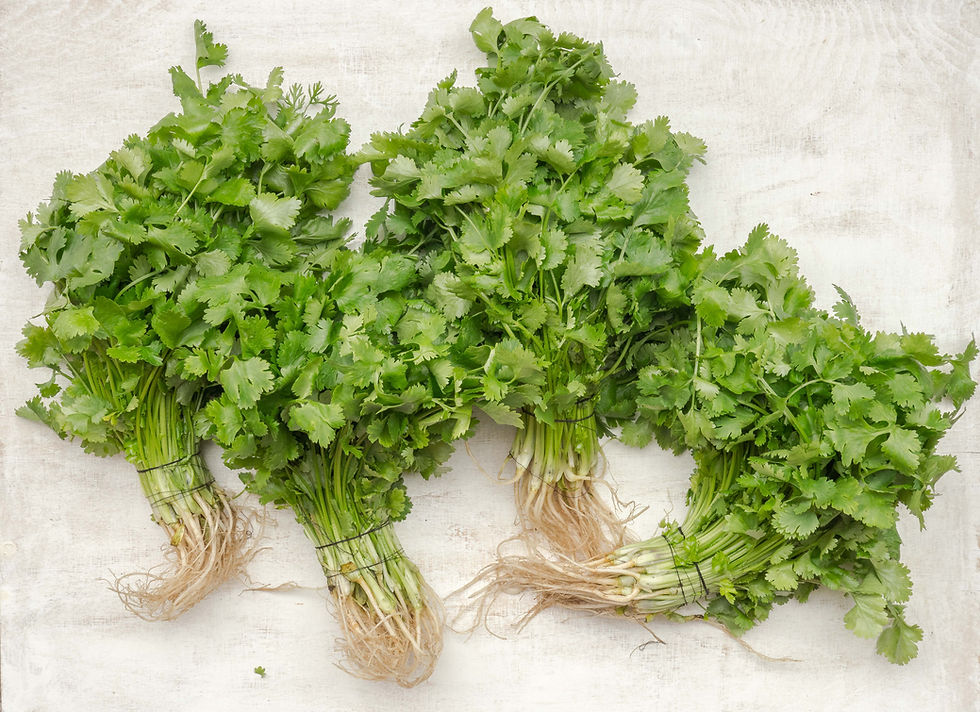There's no denying it, toxins are everywhere, from the air we breathe and the water we drink and bathe in, to the foods we eat and even in the materials around us. Foods are covered in pesticides or processed with unnatural chemicals. Chemical by-products and farm runoff pollute the air and water. Oceans are polluted with heavy metals and mercury which pass up the food chain turning seafood into poison. Dental fillings containing mercury turn every bite of food into a potentially poisonous hazard.

Poisons such as fluoride, chlorine, and low levels of heavy metals flow into your home through your water supply, all of which are approved by the government. Even pharmaceuticals, vaccines, hygiene, beauty, cleaning, and packaging products can be toxic.
Interestingly, diseases like cancer, auto-immune dysfunction, brain disorders like autism, Alzheimer's, and Parkinson's, nerve disorders, and common ailments like depression, learning disabilities, and fatigue may have a variety of connections to the build-up of toxins in our bodies. But no matter how healthy your existing diet and lifestyle may be, this build-up can negatively impact your health. Here are 6 ways you can help decrease your toxic load and reduce toxin accumulation.
1. Sweat it out.
Steam baths and saunas promote the release of toxins through sweating. For deeper detoxification, you may want to consider infrared sauna treatments. Infrared saunas heat your body tissues, enhancing your natural metabolic processes, circulation and helping oxygenate your tissues. Sweating will also help kill off viruses. Repeated use of the sauna slowly restores the skin's ability to eliminate toxins, an action that often is inhibited by clothing, sun damage, and sedentary lifestyles.

2. Burn fat, burn toxins.
Toxins are stored at a much higher rate in the fat than in blood. To remove the most amount of toxins, you'll need to decrease fat as well. The best way to shed pounds of fat is through aerobic activity, meaning any activity that heightens both your heart and respiratory rates. Aerobic activity increases stamina and oxygen flow, tones the nervous system, and strengthens the immune system. It also cleanses blood by stimulating circulation and sweating and releasing endorphins making you feel happier and more relaxed. Aerobic activities include running, power-walking, cycling, swimming, and even skiing. Always check with your doctor before beginning any new type of exercise regimen.

3. Milk thistle for liver health.
Approved in 1986 for treating liver disease, today milk thistle is regularly used to treat illnesses related to toxic buildup of alcohol and acetaminophens. It boosts liver metabolism and helps repair liver cell damage from alcohol and other toxins. Discuss with your naturopathic doctor how milk thistle might benefit you.

4. Target hard-to-remove heavy metals with chlorella.
Chlorella is a powerful binding agent for heavy metals including mercury. This super green food can help remove toxins from the liver and organs because its molecular structure allows it to bond to metals, chemicals, and some pesticides, while not binding to the minerals your body needs. It is safe enough to use daily or as a major detox.
5. Eat a healthy, vitamin-rich diet with plenty of fiber.
Clean, nutrient-dense foods provide endless health benefits including detox abilities. Fiber discourages weight gain, helping control the development of fat that stores toxins. The average amount of fiber needed in the diet is 30-40 grams per day.

6. Drink plenty of filtered water.
Staying hydrated is extremely important. Filtered water is even more important because of the toxins in water supplies. Drinking more water will make you need to urinate more frequently, and that's a way to expel toxins from your system.
BONUS TIP:
Enroll in my two-week detox program! During the two-week period, we focus on cultivating healthy habits like drinking water, exercising, and much more. This program allows your body to reset and release any built-up toxins. For more info, click here!
Cilantro (Coriandrum sativum)

One of the world's oldest spices, cilantro, dates back to 5,000 BC and is native to the
Mediterranean and Middle Eastern regions. This famous herb was used in ancient cultures for
its medicinal properties. The leaves of the plant have long been popular in various culinary
traditions. Medicinally, cilantro has been used as a defense against diabetes, for its anti-inflammatory properties, and recently for its cholesterol-lowering effects. In fact, recent research suggests that coriander may help control blood sugar and cholesterol levels, as well as free radical production. Many of this herb's healing properties can be attributed to the content of nutrients in its oil. A 2004 study also suggests that cilantro contains an antibacterial compound that may be a safe, natural defense against Salmonella. This particular compound is found in both the seeds and fresh leaves of cilantro, making cilantro an excellent addition to almost any meal for flavor and protection.

There are many ways to integrate this aromatic and beneficial herb into your diet and in doing so, here are some tips to help you choose, prepare and store it.
Fresh cilantro leaves should have a vibrant deep green color, firm, crisp, and free from yellow or brown spots. Highly perishable, fresh coriander should be wrapped in a damp cloth or paper towel, placed in a container, and stored in the refrigerator. You may want to consider freezing cilantro in ice cube trays using water or stock to use when preparing soups and stews. Fresh cilantro is fragile, so it is best to clean it by swishing it around with your hands in a bowl of cold water. Empty the water and repeat this process until there is no dirt left in the water.
Kommentare